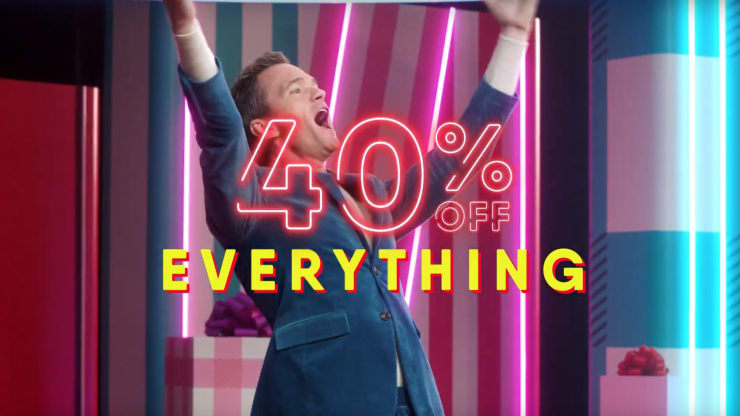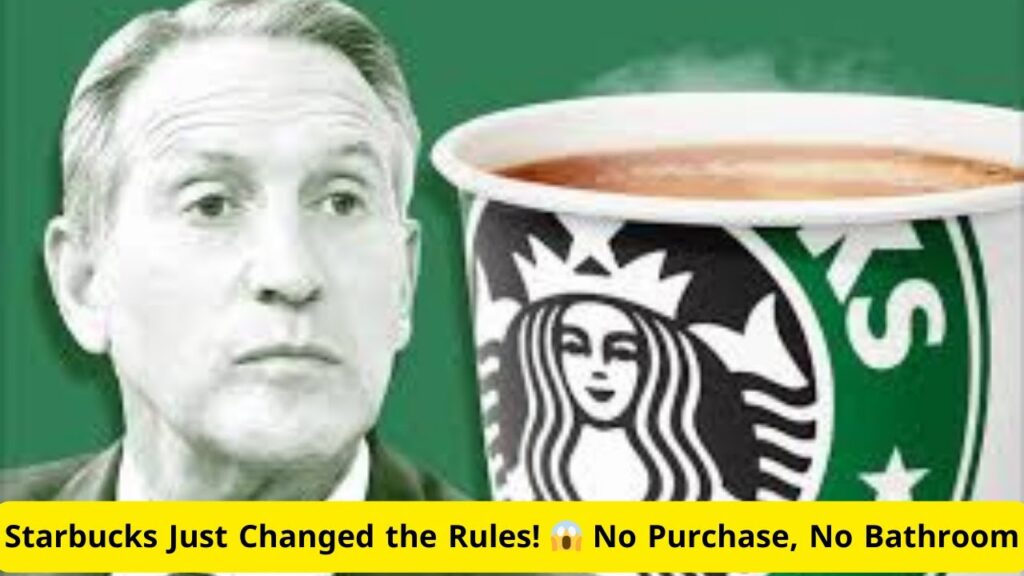 I walk past Banana Republic and Lucky Jeans on Ventura Boulevard in my wonderful hometown of Studio City, California nearly every day. A year ago, I could have included The Gap in this retail mix, but that store has closed, a victim of the chain’s ability to stay relevant and tough times for retail overall. I still shop at the first two, but I had stopped going to The Gap well before they closed, despite the store having once been a frequent destination.
I walk past Banana Republic and Lucky Jeans on Ventura Boulevard in my wonderful hometown of Studio City, California nearly every day. A year ago, I could have included The Gap in this retail mix, but that store has closed, a victim of the chain’s ability to stay relevant and tough times for retail overall. I still shop at the first two, but I had stopped going to The Gap well before they closed, despite the store having once been a frequent destination.
It was Ryan Gosling telling Steve Carell in “Crazy, Stupid, Love” that he was “better than The Gap’ that hit home. Never went there again! I needed to dress better.
An appearance by fashion guru Tim Gunn on Bill Maher’s show was the final push I needed. Gunn posited that Americans are suffering from malaise and low self-esteem because they do business, socialize, and generally run around, in sweats, yoga pants, t-shirts and jeans all the time. Hard to feel great about yourself if you’re dressed like a slob.
I had let the pendulum had swung too far in the casual direction, with my appearance possibly projecting an aura of “I don’t care.” All my beautiful Italian suits, jackets, shirts and other clothes from the dress-up days were sitting in my closet collecting dust while I was content in my uniform of t-shirt, jeans and running shoes. At least I still wore long pants. I remember getting ready to leave for a meeting with a TV producer one day to pitch a project I was working on with some young collaborators. One of them showed up at my office in a t-shirt, shorts and flip-flops. “Not acceptable,” I told him. “Go home and change right now, young man.” (He did.) I had become my parents.
Just as they had always looked me up and down in shock and disgust when I was a teenager heading into New York City for a concert and said, “You’re going like that!?!,” I now go crazy when I see people on airplanes wearing tank tops and gym shorts or at Broadway shows where most are dressed appropriately for a backyard barbecue.
I thank Gunn for inspiring me to upgrade my wardrobe and dressing better. Perhaps I’m clinging to a very old-fashioned belief that people will take me more seriously and treat me with more respect if I’m wearing nice clothes. Regardless, I feel better about myself.
It’s true, I am better than The Gap! I’m surprised that this message of enhanced self-esteem has not been embraced by any of the big clothing chains, especially when it comes to men’s clothing.
But rather than selling aspiration, the chains have become addicted to discounting. Communications on the style, quality or distinctiveness of the clothing have taken a back seat to price reductions. And where are the aspirational, emotional benefits like self-esteem?
So while I buy clothes fairly frequently these days, I’ll walk right by Banana Republic and Lucky Jeans if I don’t see a sign out front advertising at least a 40% discount. And sometimes that’s not enough, as I know that 50%-60% reductions can’t be too far off. The retailers have trained me to buy this way. It’s no different in the supermarket or drug store. As brands shifted spending from long-term, brand building to short-term discounting, my favorite toothpaste is now whatever is on sale at Costco when I run out.
A recent article on CNBC’s website by Meg Graham (@megancgraham) indicates that retailers may be catching on. In what I might describe as a “duh!’ moment, the CFO of parent company The Gap “said this week it has made the mistake of advertising its discounts at the expense of building brand loyalty for Old Navy.”
It seems to be a trend, as Gap joins several other companies lamenting that they’ve neglected brand marketing in favor of discounts or performance-driven ads. Adidas and Booking Holdings each said recently they’ve moved spending back to brand marketing after realizing they were spending too much in areas such as performance marketing. TripAdvisor, which has been a big spender on Google, has also made moves such as hiring a new creative agency to create more direct consumer loyalty to its brand.
For most of my life, Christmas sales started after the New Year to clear whatever merchandise was left over from the holidays in anticipation of new styles for Spring. How quaint. Now, unless you’re never-discounters built on brand image like Apple or Lululemon, the deep discounts start before Black Friday and continue throughout and after the season.
No mystery how we got here. Businesses are all geared to the short-term. Several quarters of sub-par earnings, even in service of building a stronger, less price sensitive business over the long-term, are completely unacceptable. Tenures for CMO’s are short. They have a year, maybe two to “make something happen,” and if not, they’re out. They can’t plan for three to five years out because they won’t be around unless they deliver the goods quickly.
It is heartening to see that at least some retailers are starting to pay attention, though I fear it’s too little, too late. Are the The Gap companies and others prepared to weather the storm of what could be a year or two or more of depressed sales while they invest in brand building? The cynic in me puts slim odds on that possibility.
I like shopping at Banana Republic, but they have trained me well. The clothes are fine for many “business casual” and other situations, but probably not fine enough if I can get something roughly equivalent for a lot less. Until these chains can convince us that their clothes are worth their full-price, that they are indeed special and different, it will be difficult for them to convince us to behave otherwise.
Still, they have to try. As the article points out, relying on discounting is like being addicted to drugs. Discounts beget the need for deeper and more frequent discounts when competitors inevitably join in. Retailers will need to go cold turkey to build the brand equity and emotional connections with consumers that allow them to truly appreciated and valued.
Only consistent, creative, differentiated marketing will get them out of the hole they’ve dug for themselves. Not every brand can be an Apple, but most need to try. I know I can get the same computing/phone/tablet power for far less if I go to Android, but then I’d have to be on Android. I love being unique like everyone else, and I feel so much better spending more money so that I can identify as an Apple person.
The goal is for people to wear brands like Banana Republic to feel better about themselves rather than simply buying acceptable clothes at a good price. High time these retailers start focusing on self-esteem, status, belonging, independence and other aspirational values if they want to thrive.



